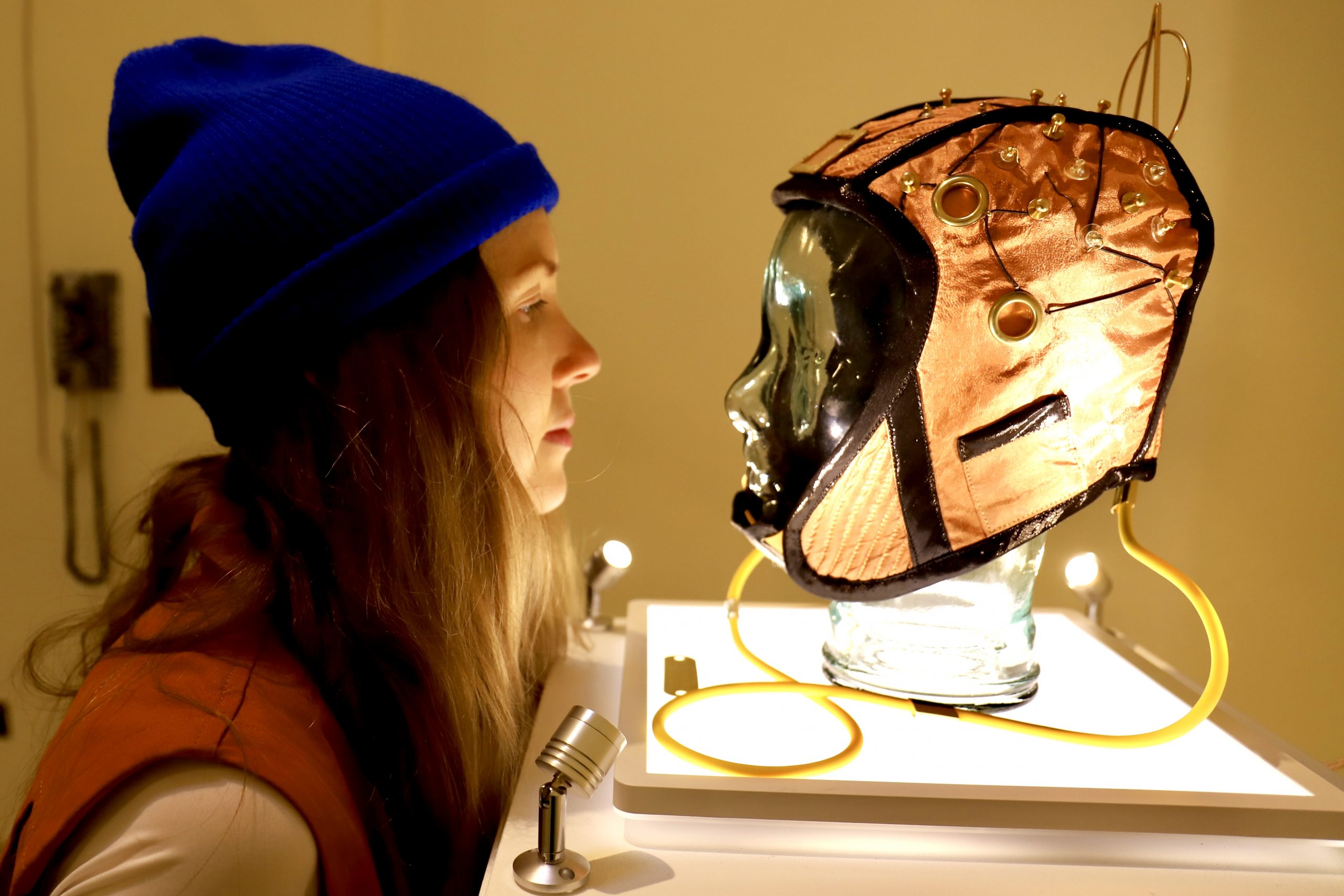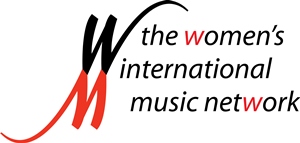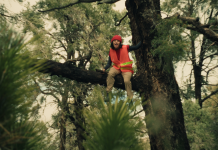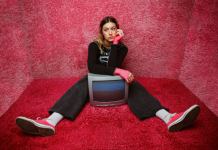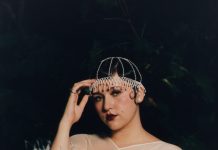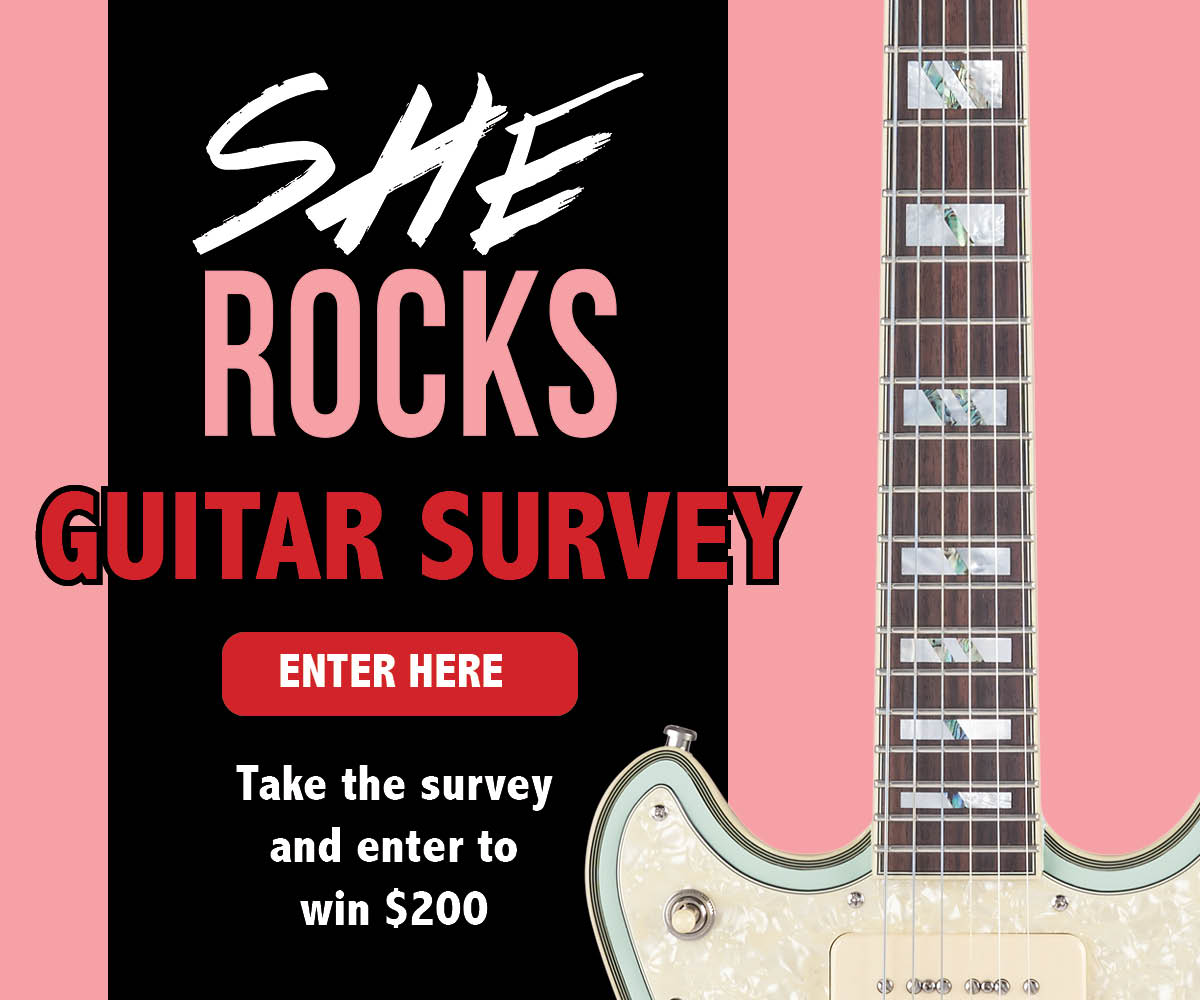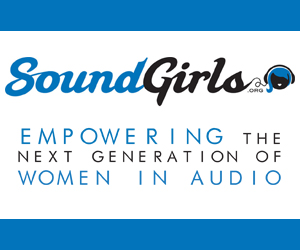“We’re a musical species”: Beatie Wolfe debuts imPRINTING: the artist’s brain
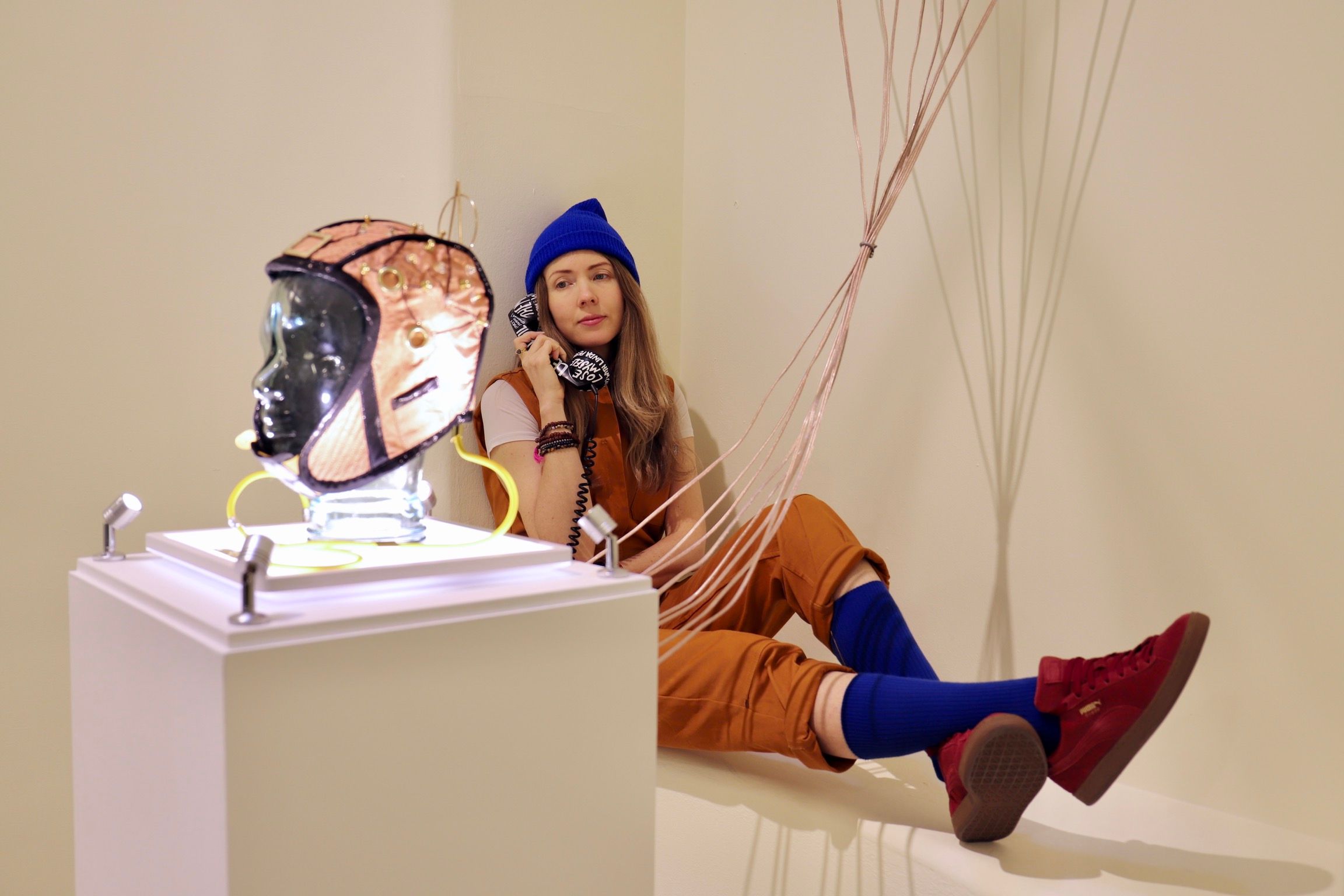
With imPRINTING, “musical weirdo and visionary” Beatie Wolfe takes us inside our musical brains.
imPRINTING transports visitors inside the artist’s brain via a retro-future “thinking cap” allowing them to tune into and discover its many channels and sonic imprints including conversations, collaborations, music, memory, hopes, fears and dreams.
In this sonic self-portrait, “musical weirdo and visionary” Beatie Wolfe presents a new format for the digital age: a data-encoded “thinking cap” tailored by Mr Fish as a counterpart to their award-winning, wearable Album Jacket. Via retro listening stations, plugged into the hat, the audience will be able to listen to and explore the brain’s many channels which include music (limbic system), memory (temporal neocortex), collaborations (medial prefrontal cortex), conversations (Wernicke’s area) with the data related to each “brain channel” ecologically encoded in glass and woven into the cap to be preserved for up to 10,000 years.
Drawing on her dementia and music research work, this installation takes a creative and playful look at the nature of neurology and explores the importance of imprinting in the digital age: a philosophical principle and overarching theme of Wolfe’s work.
imPRINTING shows us how via this sonic portrait we can gain a greater understanding of ourselves and of one another in the process.
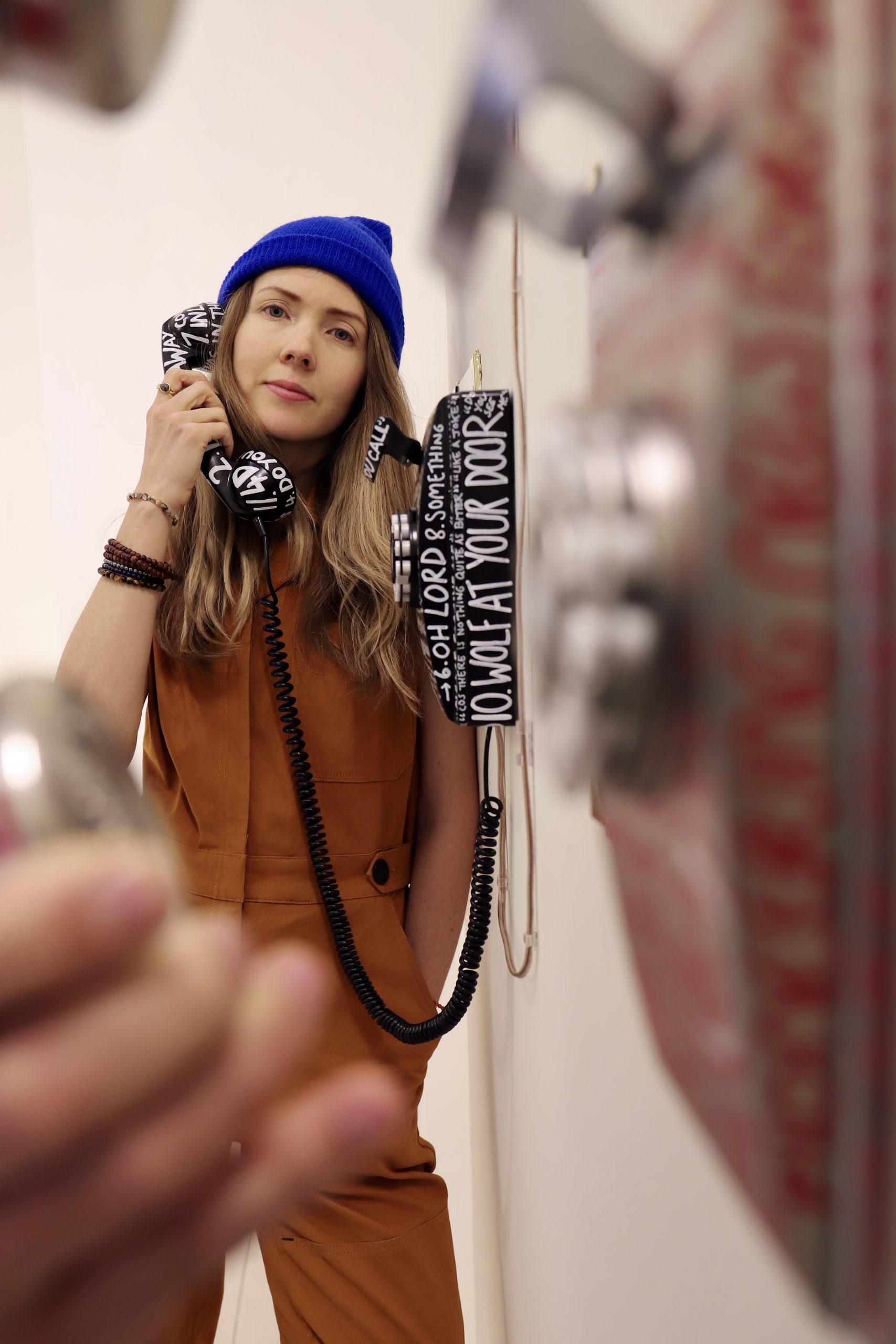
Beatie ‘sat down’ with us from afar to share some thoughts about the project.
Diving right in– I’ve read that you were drawn to dementia and music research work after some family members were diagnosed with it, and were inspired by Oliver Sacks groundbreaking work and book Musicophilia. Music’s power to reach beyond diseases like dementia and Alzheimers is incredibly beautiful, heart-aching stuff; my grandma living with Alzheimers constantly sings the “who could ask for anything more?” line from “I Got Rhythm”. What’s one of your favorite concepts or ideas you learned through your research in this area that you love sharing?
That music imprints on the brain deeper than any other human experience and that we think of ourselves as a language species but we are really a musical species.
What’s one ‘core’ piece of music for you that you feel has become part of you in this way?
“Tonight” by David Bowie and Tina Turner. I don’t know why. There’s no good story behind it or a specific moment that it takes me back to but whenever I listen to it (which is now thousands of times over many years) it always makes me feel exactly what it sings about… that everything will be alright. That’s also the magic about music, there is so much mystery in it, why it impacts us the way it does. There’s so much left to explore.
Tell us the story of how imPRINTING came to be, from your initial inspiration for the experience to its current form.
It began as a very different project, using code pioneered by Hedy Lamarr in WWII (frequency hopping) to present a record as a multi-channel immersive listening experience which was meant to be at the Art Institute in Chicago in 2020 right when covid hit. And so when that didn’t happen I felt like maybe it was meant to be something else, as the other ideas and projects are usually realised so immediately. I’d been doing more and more divergent projects that crossed into these other worlds of science, health, design, tech etc (NOTE: see Beatie’s recent talk at MIT) and realised that I had never been one thing, e.g. just a musician, and really wanted to tell that story as well as illuminate how we all often put ourselves in these boxes so early on and then stay in them, limiting ourselves and what we’re capable of. So I loved the idea of creating a way of taking you inside the artist’s brain to explore its many channels, which was also a sonic self-portrait (which I don’t believe has been done before), so that people could really get a sense of this multidimensional nature.
There are mountains of art pieces included in each of these listening stations. Attendees are taken on quite the immersive journey through what art and music means to you–was it tough to section out your art like this? Or did it flow quickly when you had the concepts of each section outlined?
It was both simultaneously. There was a lot of material, that’s for sure. I think I’ve now gone through and edited about 500 hours of audio in ProTools to create the channels people listen to because it was also important to me that each wasn’t a linear experience, but an evolving one, that felt more like a radio station perhaps than a single stream of audio. For example in ‘Collaborations’ you’re bouncing between Mark Mothersbaugh and me doing our postcards project, Linda Perry and me in the studio, Dr Robert Wilson and me doing our Space Broadcast amongst others. And each channel required different editing. One channel that was always easy and obvious was the ‘Conversations’ channel as I had so many hours of talking to really wonderful people (from all fields and walks of life) about deep topics and big themes and so with that I edited it thematically, so each person picked up where the other left off e.g. talking about love or equality or ecology. ‘Outer Self’ came from a lot of interviews and talks I’ve given about the work but I didn’t want it to be about explaining the projects but rather giving people the philosophy and ethos behind it. I definitely feel that each channel is so deep and rich in content that they can also stand alone. For example, ‘Music Rewind,’ which is the back catalogue begins with one of my first recorded songs, age 9 – which I could never listen to, until now, as I thought I’d messed it up – moving into early 8-track recordings of self-produced songs, my first studio track age 15, through to recent collaborations with Laraaji or Linda Perry or Michael Stipe, live performances at the Nobel Prize Summit, BBC Radio Theatre, She Rocks etc. It really is like a musical journey, where you can hear the evolution, and features a lot of demos and unheard material.
As an example, walk us through one of the featured pieces and its corresponding brain area, and what you see as the relationship between the two.
‘Inner Self’ sits in the hippocampus which is traditionally thought of as being the memory area of the brain but actually it’s where you encode memory so that’s why you hear the adolescent journal entries there, as writing a journal is a form of encoding memory. ‘Conversations’ sits in the Wernicke’s area of the brain because that’s not just where you process language and form speech but where you are conscious of it making sense.
What do you hope everyone takes away from this exhibit?
I hope they all take away their own thing from it. That’s been one of the most wonderful parts of this show so far, seeing how everyone gets something different, literally because no two people are likely to hear the same audio, but also conceptually. One woman burst into tears after hearing ‘Inner Self’ as there were poems and thoughts in that that deeply resonated with her and she saw the installation as a beautiful celebration of the self and bringing it into one. Another woman said it was like consciousness was calling and she had to pick up. It’s really so cool to see all the different responses. So there’s no single take away.
Do you have anything or any message to share with the other ‘musical weirdos’ out there, experiencing your work and feeling inspired?
Do your own thing. Create a new pathway that didn’t exist. People love to romanticize pioneers after their blueprint has been approved and then try to hand that out as what you should do but it’s all about creating the new, what hasn’t been done before, and people often won’t get it until later but it really doesn’t matter because we’re here to expand the horizons of what is and embark on our own unique exploration of that. We are here to be as conscious as possible and imPRINTING is deeply rooted in precisely that.
Keep up with Beatie Wolfe
Learn more about and explore imPRINTING
